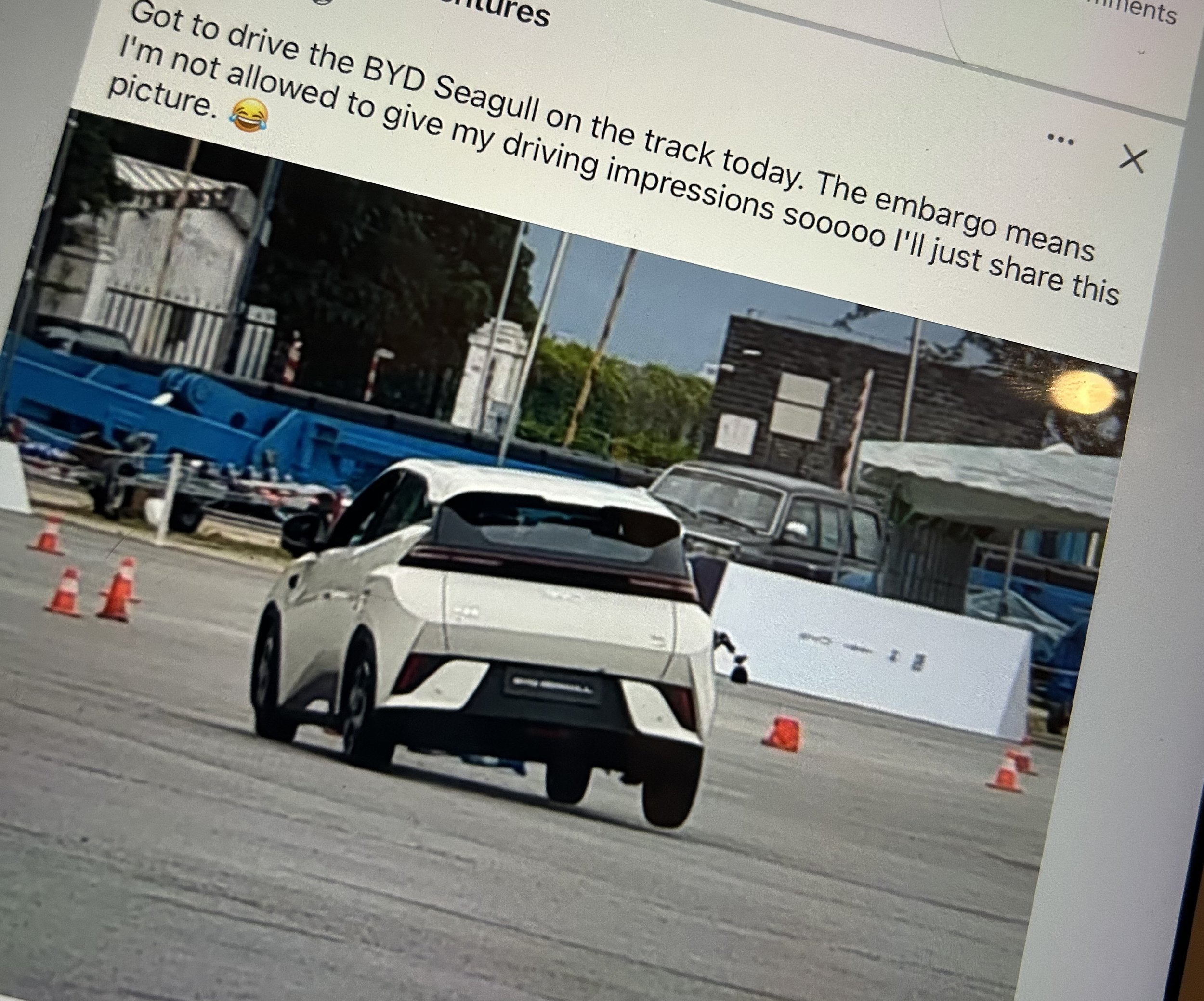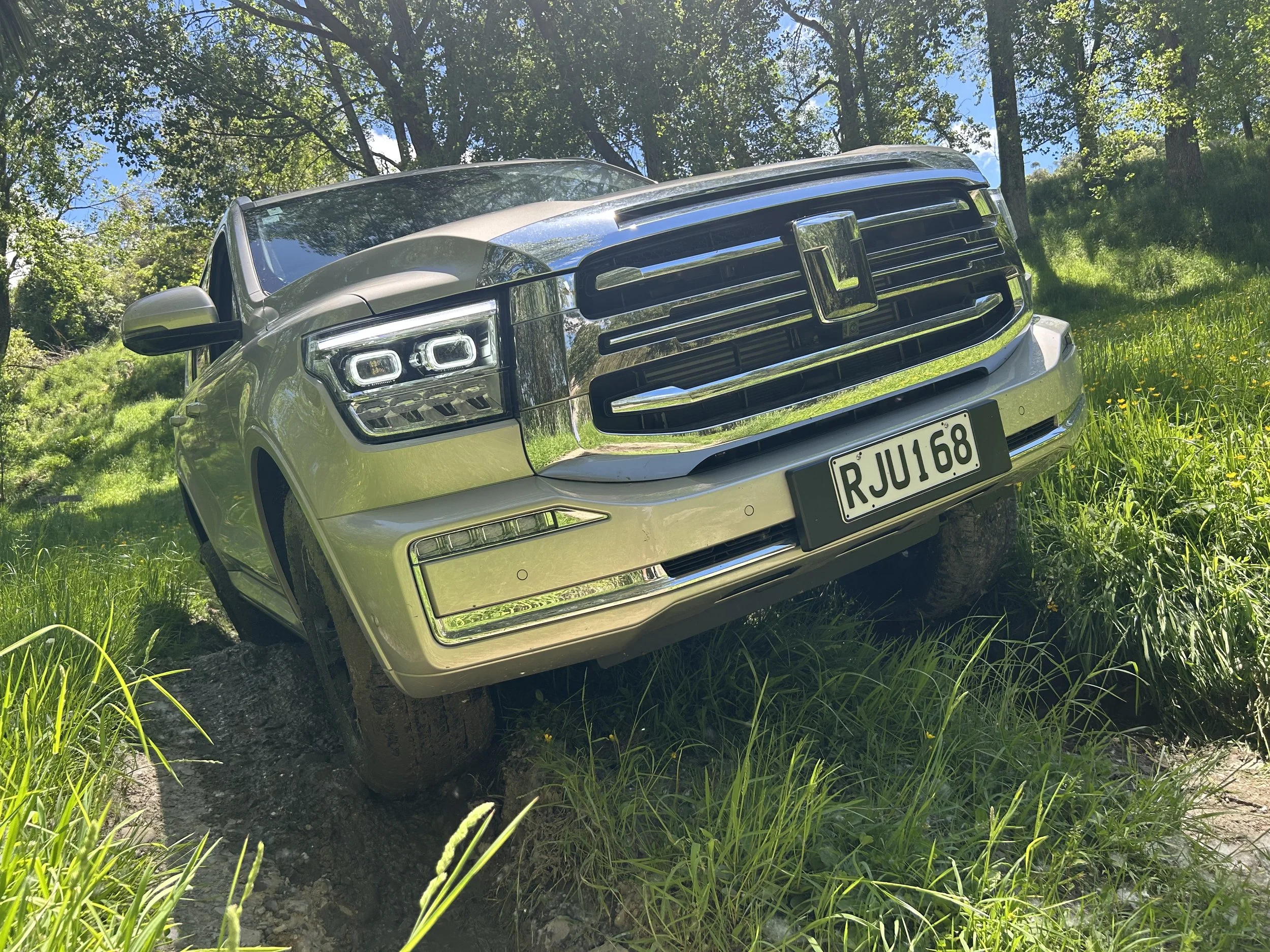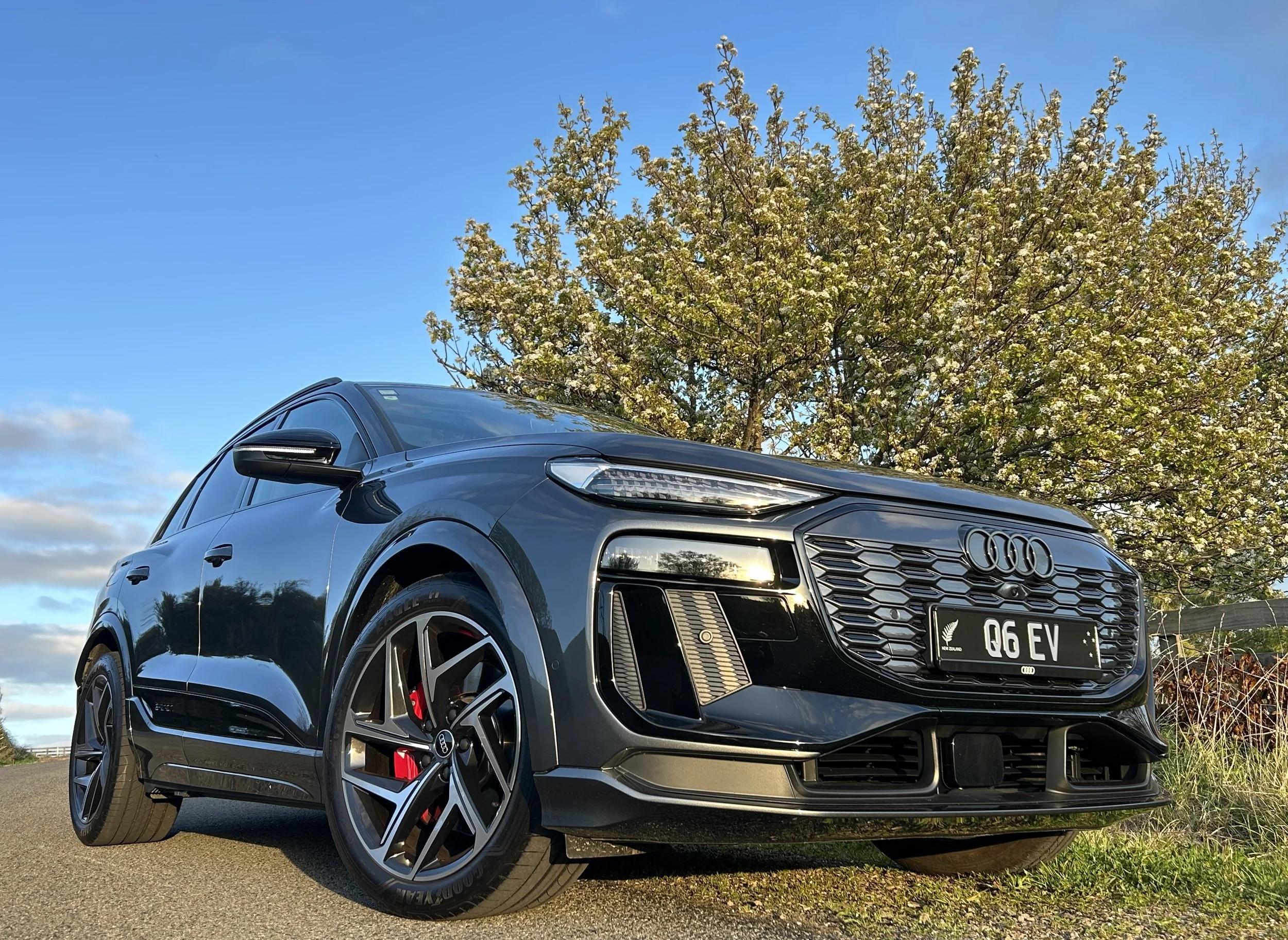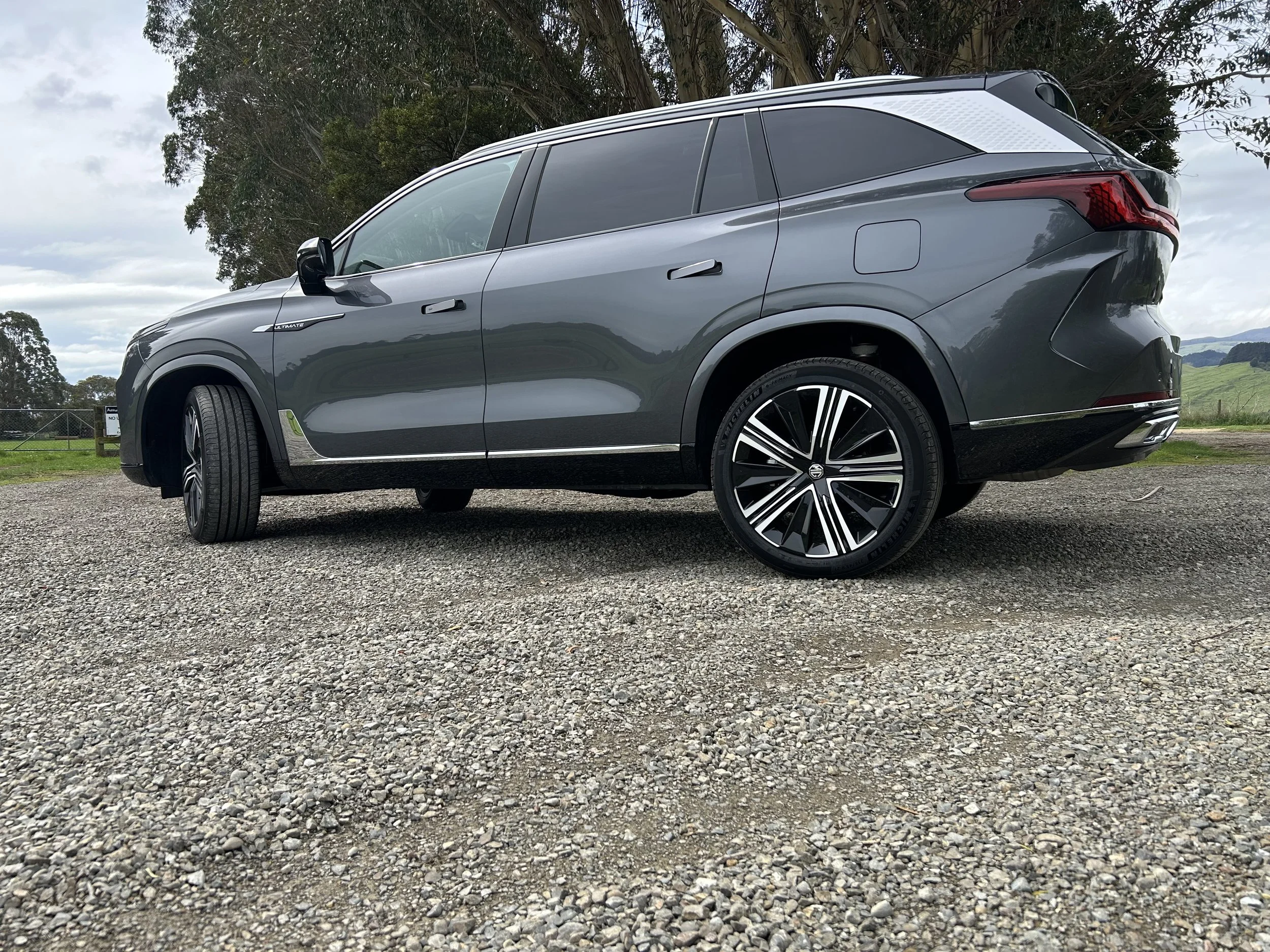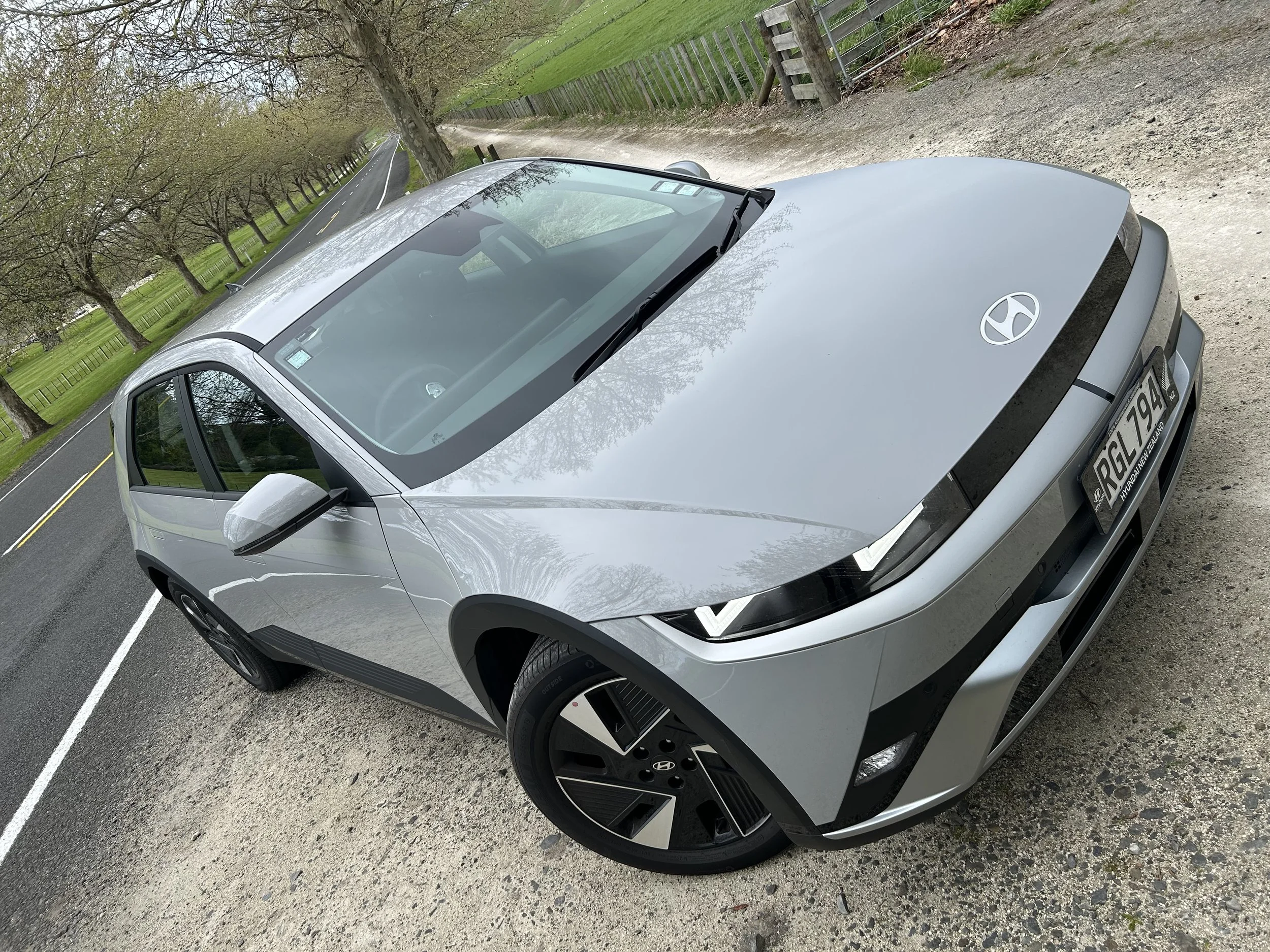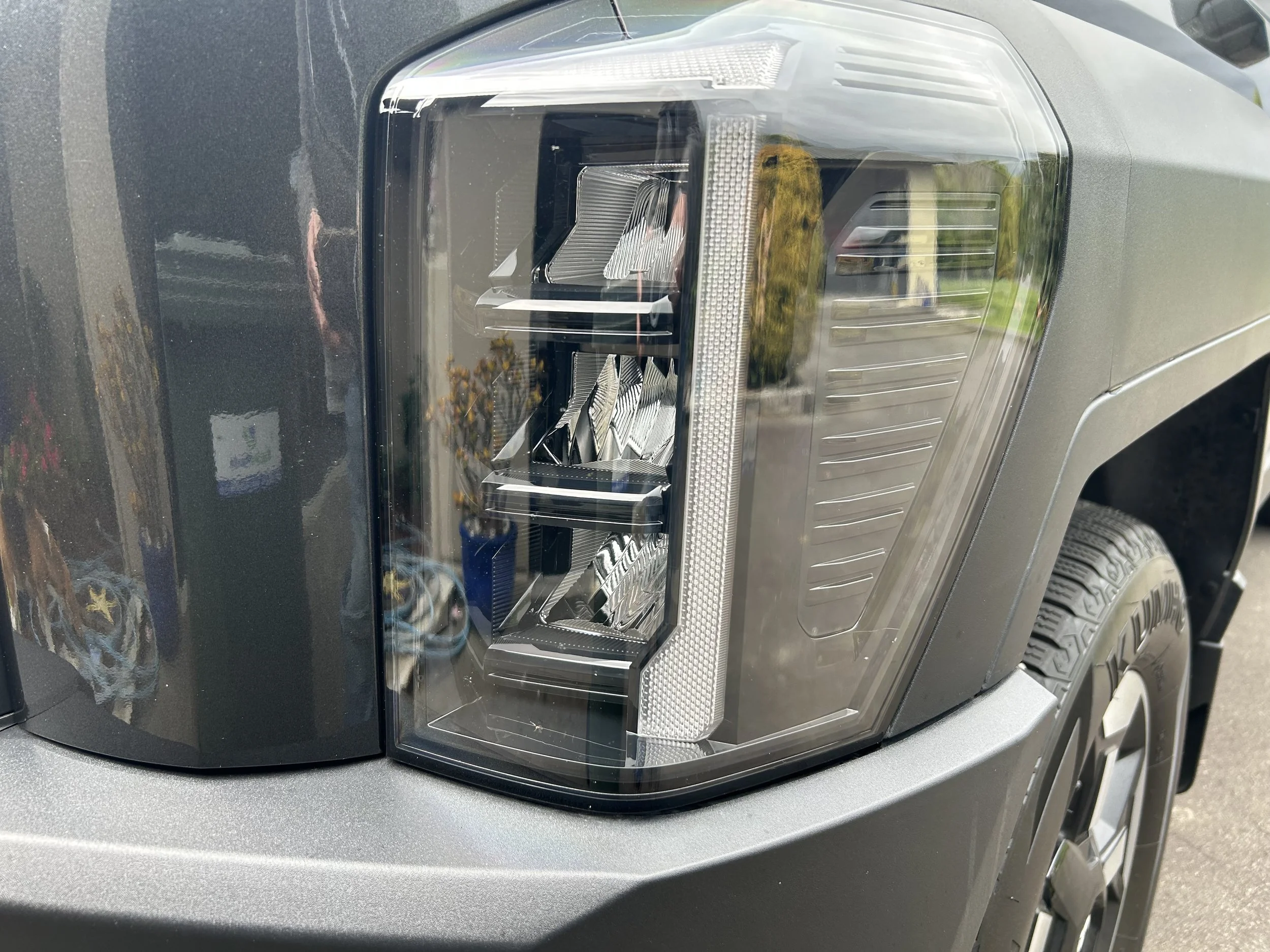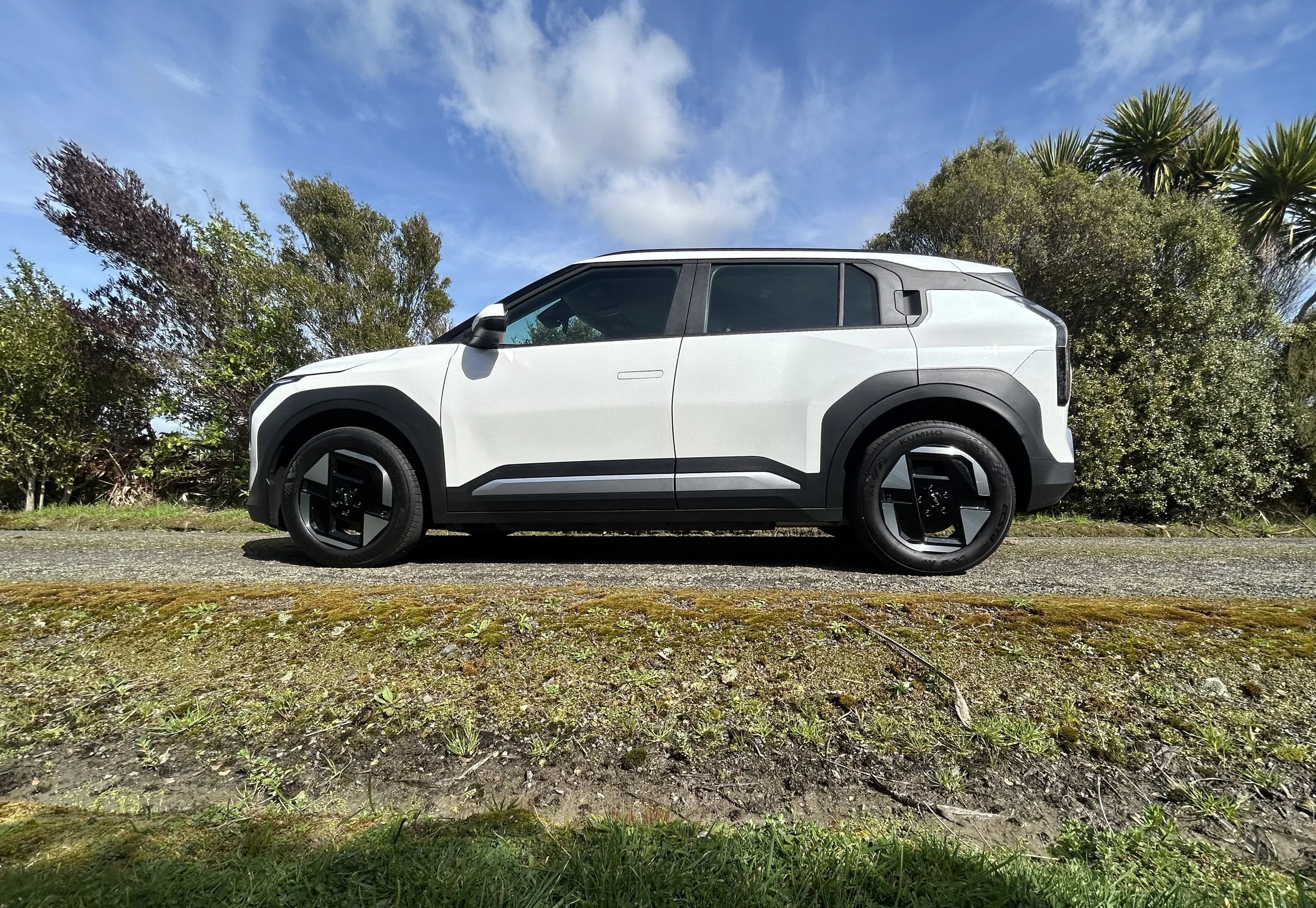NZ now on Seagull’s flight path?
/Do new developments for BYD and its smallest, cheapest electric raise chance of that model reaching here?
COMMITMENT by BYD to add additional safety into the smallest electric car it builds, plus a change of how the brand represents in Australia, might well green light the model being sold here.
The Seagull is already taking flight into right hand drive export form, with announcement it will be on sale in the United Kingdom from late 2025 as the Dolphin Surf.
The model is shorter than New Zealand’s favourite small car, the petrol-engined Suzuki Swift, and in China has a range of between 305 kilometres and 405km, depending on what size battery it has to feed its 55kW/135Nm electric motor.
In China, it sells for as little as $16,200 - undercutting all petrol small cars here and less than half the price asked for the current cheapest new EV sold here when full retails are consider. (The GWM Ora normally posts for $34,990, though an Auckland yard dropped another $8k from that as a clearance activity in January).
Speculation the UK export programme would conceivably also allow the Seagull into New Zealand and Australia was quickly kiboshed when raised in March.
However, since then there have been developments that might result in the baby hatch gaining access to radically reset the entry cost to electric driving.
For one, the Seagull appears to have been a subject of high interest for New Zealand and Australian journalists currently visiting China as BYD’s guests.
The reason for that trip is under embargo. An enthusiast blogger seconded to the media contingent has nonetheless posted about them having driven the Seagull at a test track, adding “… the embargo means I’m not allowed to share driving impressions.”
The post (above) shows the car zig-zagging around a coned course with enough attitude to lift the right rear wheel off the ground.
Also, the proposition raised in Australia recently about the car not being suitable for sale because the vehicle as it has presented in China mightn’t achieve a five star score from the Australasian national crash test auditor, ANCAP, could well be remedied.
The UK and Europe also have high safety expectations, and BYD has said it will ensure the car meets them.
The Chinese-market Seagull launched several years ago with no active safety technology, while some versions even lack front-side airbags.
But BYD recently revealed an update which could result in a potentially greater safety rating.
Along with revised front and rear styling, the Seagull Intelligent Driving Edition receives a suite of BYD’s latest advanced driver assistance tech known as God’s Eye C, with features like adaptive cruise control, autonomous emergency braking, blind-spot monitoring, lane-keep assist and rear cross-traffic assist.
The export model is expected have that and is also expected to take a front-centre airbag that’s now a must-have to be considered for ANCAP’s strongest credential.
Also, the concern raised in Australia about need for it to achieve a five star rating came from EVDirect, which started BYD’s presence there almost three years ago and vowed to only present five star cars.
Two days ago BYD head office announced it has dropped EVDirect as a distributor and will take over as a fully-fledged factory-backed operation, importing and distributing its growing range of models itself.
In line with this, it was reported that ‘BYD Australia and New Zealand’ has appointed an EVDirect executive, Kate Hornstein, as chief marketing officer.
In NZ, BYD vehicles are distributed by Ateco Automotive, a multi-brand operation also well known for having Jeep and RAM. Industry magazine Autotalk says there is no change to that arrangement.
The cheapest edition of the Seagull in China runs a 30.08kWh LFP battery that supports 30kW DC charging. Another type has a 38.88kWh LFP BYD Blade battery that supports 40kW DC charging.
The claimed driving ranges are established under a domestic standard, CLTC, which is less stringent than the WLTP regime favoured by NZ.



